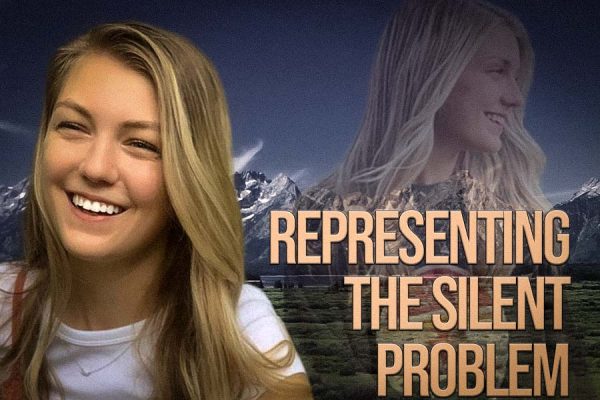Seeing is Believing: Photos impact perception
Taking a simple picture of something is extremely easy, especially with the technology we have today, Photography is everywhere. Being one of the best ways to capture a moment for any kind of purpose, There’s a lot that goes into a ‘good’ photo, especially in the field of journalism. Photos can be so complex and convey so much to the viewer, and there are a few very good examples of photos that have changed and documented history in major ways.
“A Man on the Moon” taken by Neil Armstrong on June 20 1969 is one of the most impactful photographs out there. The picture features astronaut Buzz Aldrin walking on the moon. This was one of the most influential moments to happen not just in the US, but in the entire world, and inspired people to gain interest in space.
“Afghan Girl” was a photo that covered the struggles of refugee women. The photo, taken by National Geographic photographer Steve McCurry in 1984 shows a refugee girl named Sharbat Gula with a determined and stoic stare ahead of her. Her face is dirty and her clothes are tattered and worn, but the look on her face conveys so much emotion to the viewer. Without this photo, there would be less support and awareness for Afghan refugees all over the world.
“Ruby Bridges” was a historically important photo featuring young civil rights activist Ruby Bridges, the first black student to attend a formerly all-white school after segregation in schools became unconstitutional under the 14th Amendment.. The photo highlights a major event in the Civil Rights movement and features Ruby being escorted by US Marshalls, while unseen protests go on in the background against her attendance.
“Four children for sale” is a tragic and heartbreaking but massively influential photo which was taken on August 5, 1945. The photo features four children sitting on the front steps of their home, while their mother covers her face in shame. This photo sparked outrage of the situation in impoverished families, who were forced to sell their own children due to their inability to support them or themselves.
“Flower Power” is iconic in the world of photography. The photo was taken by Bernie Boston on October 22, 1967 during an anti-war protest at the Pentagon. When the protestors were met by National Guard aiming their rifles at them, activist George Harris began placing flowers in the barrels of the soldiers guns, defusing the situation and conveying a powerful message against the war in Vietnam. This photo won a Pulitzer prize and multiple other awards,
Words don’t convey emotion the same way a photo can. Good photos can expose hidden truths and bring light to dark situations. Photos have the ability to provoke thought, and this is why Photojournalism is so important. When people get to see through the eyes of another, the reality of their situation becomes clear. Many crucial moments in history wouldn’t be as influential without photos to show their impact.

Ella Ashby is the 2-year Photography Editor of the Zephyr. She loves spending time photographing events around the school, helping out in the library and...







